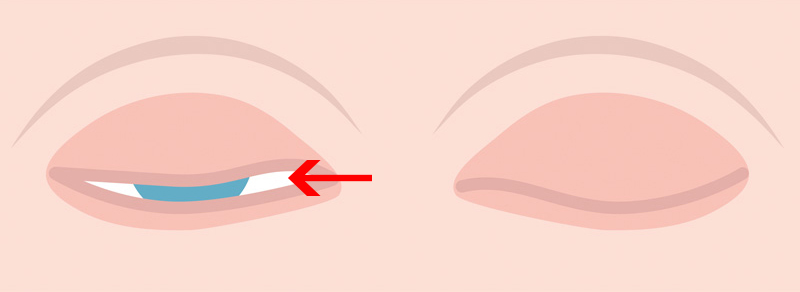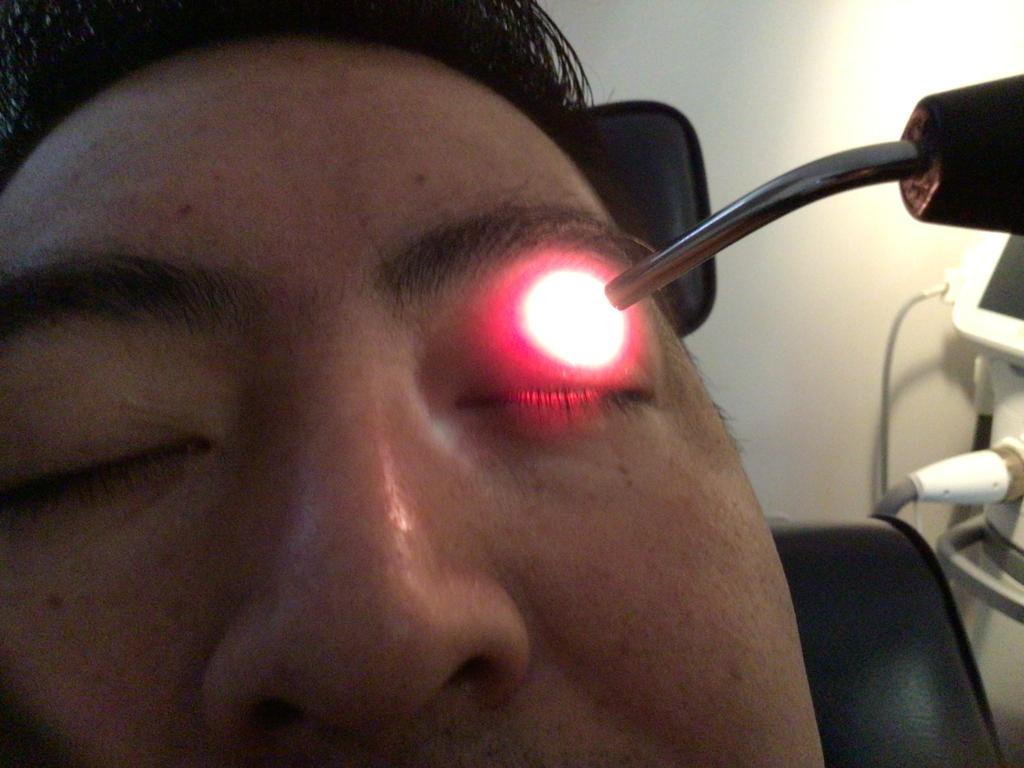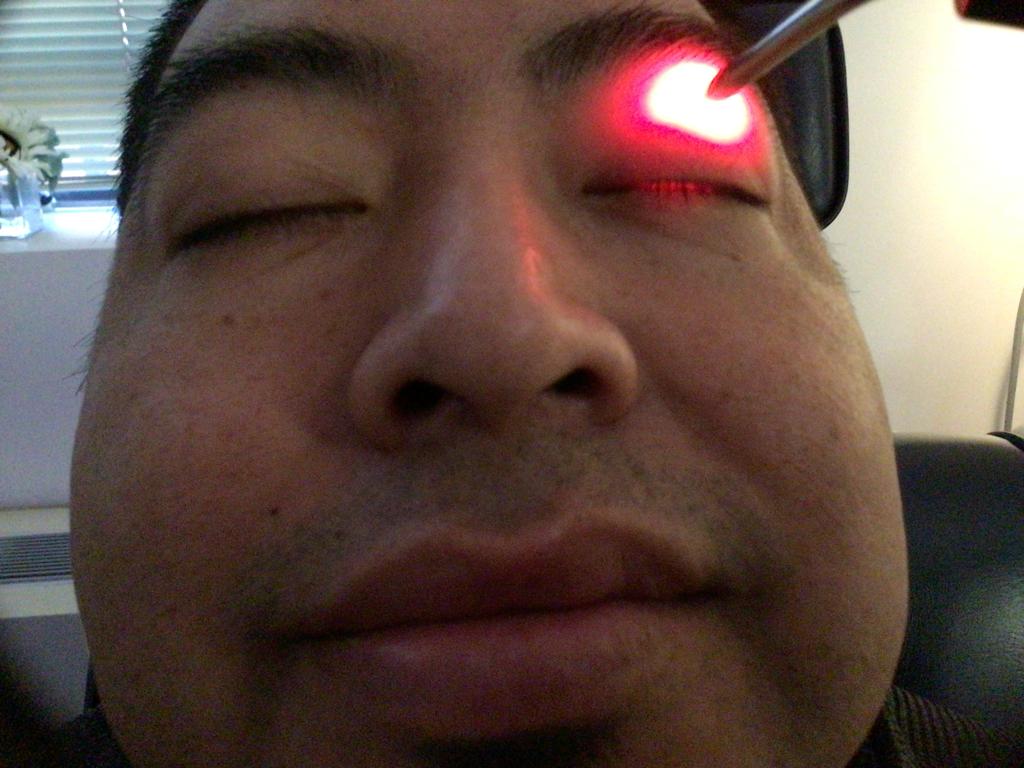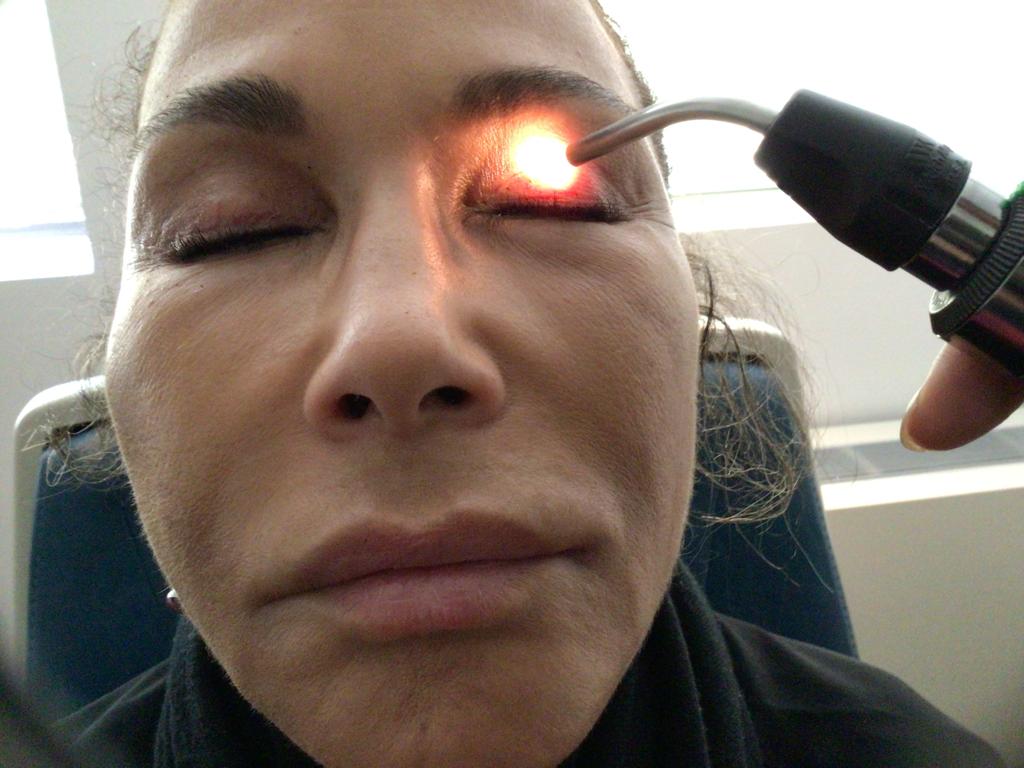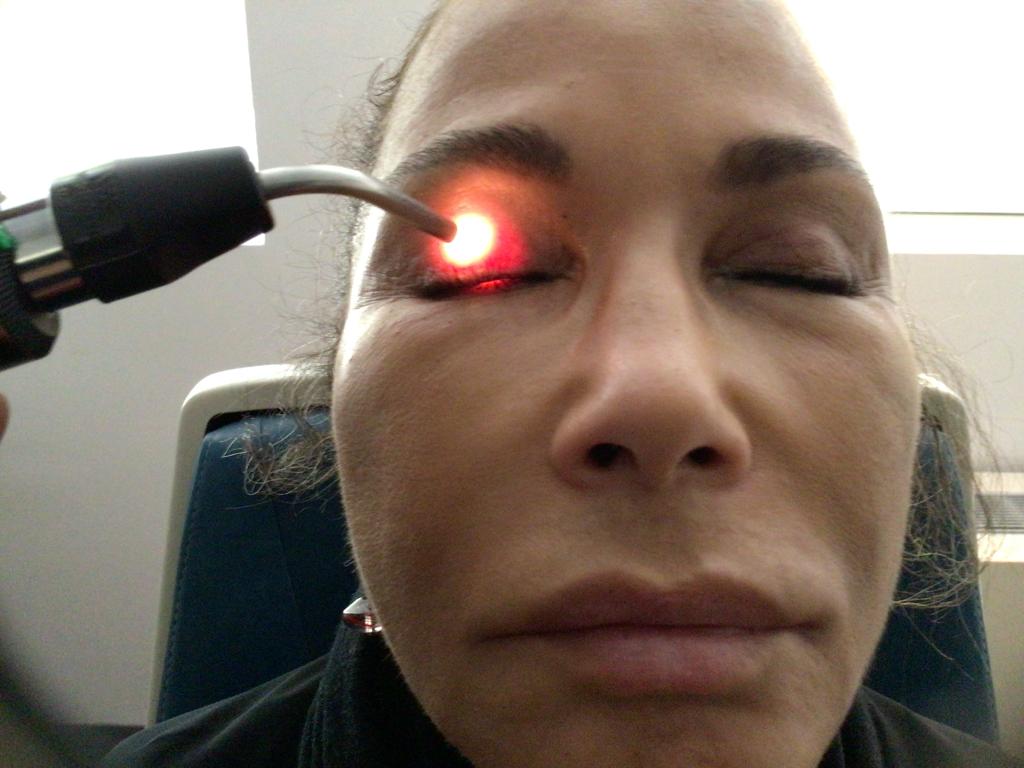Lagophthalmos: Impact and Treatment
Lagophthalmos, the inability to fully close the eyelids, is a condition that can significantly impact eye health, particularly during sleep. Nocturnal lagophthalmos, characterized by sleeping with partially open eyes, is a commonly underestimated concern that can lead to various issues affecting vision and overall eye comfort.
Causes of Nocturnal Lagophthalmos:
Nocturnal lagophthalmos can be triggered by various factors, including protruding eyes, eyelid cosmetic surgeries, and Botox injections. Other causes include Grave’s disease, floppy eyelid syndrome with sleep apnea, lid deformities, age-related lid laxity, and weakened eyelid muscles.
Impact on Eye Health:
Sleeping with partially open eyelids may not interfere with the sleep itself, but it can result in symptoms such as blurry vision, dry eyes, light sensitivity, red eyes, and a foreign body sensation. The exposure of the cornea and conjunctiva to the environment during sleep may lead to dryness, irritation, and an increased susceptibility to infections, potentially exacerbating underlying dry eye or blepharitis symptoms.
Diagnosis:
Diagnosing lagophthalmos involves a thorough eye examination, blink evaluation, and questions about dry eye symptoms. The Korb-Blackie light test is a simple method where a transilluminator placed at the upper eyelid can reveal whether there is any light leakage between the eyelids. Identifying patients with nocturnal lagophthalmos before refractive surgery or cosmetic procedures is ideal.
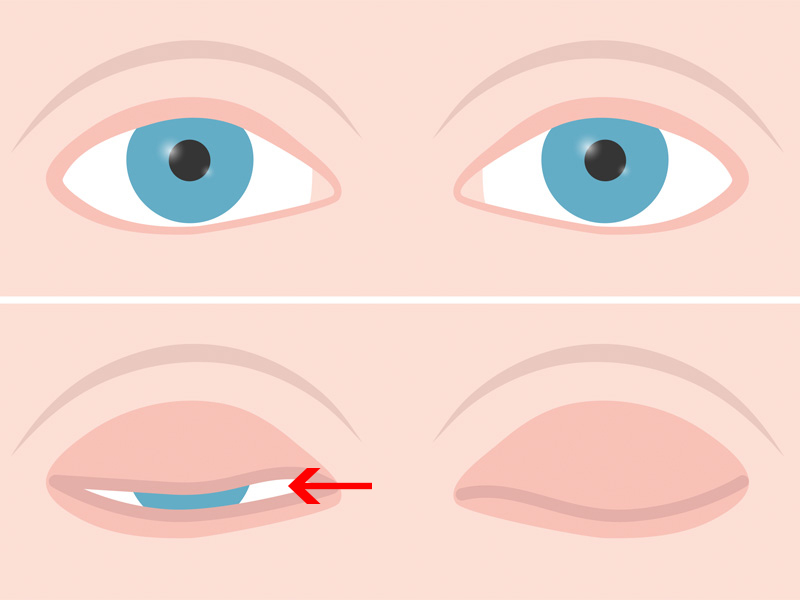
Treatment Options:
Several treatment options can help manage nocturnal lagophthalmos. These include the use of artificial tears or ointments, taping the eyelids closed before sleep, and fabric sleep masks to keep the eyes closed. Breathe Right nasal strips can be employed to secure the lids together. Moisture-chamber goggles, such as eyeseals designed for managing dry eye symptoms, are also effective.
Addressing Underlying Conditions:
In addition to managing lagophthalmos symptoms, it is crucial to address any underlying conditions like blepharitis, dry eye, or meibomian gland deficiency. Intense Pulsed Light (IPL) therapy is a recommended method for treating these conditions, providing relief and contributing to overall eye health.





